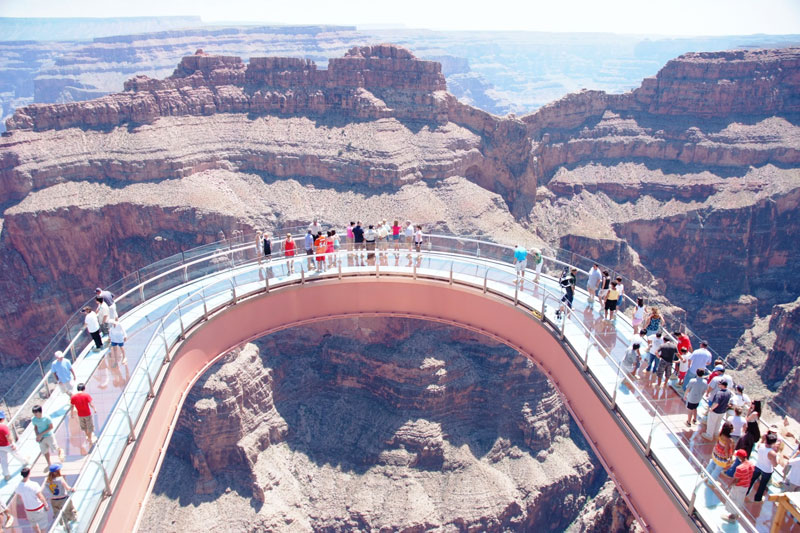Food manufacturers evaluate Potawatomi digester option for waste.
Manufacturing, Food & Agriculture
By Molly Newman in Biztimes.com
May 27. 2013 2:00AM
Southeastern Wisconsin food and beverage manufacturers recently had a chance to tour the anaerobic digester being constructed at Potawatomi Bingo Casino during a “first look” event hosted by Advanced Waste Services and the Forest County Potawatomi Community in Milwaukee.
The tour introduced interested businesses to the digester project, which is being coordinated by FCPC Renewable Generation LLC and would serve as a community food waste recycling facility. Its proponents are encouraging food and beverage manufacturers, grocery stores and other large organic waste producers to send their waste product to the digester instead of landfills.
The Potawatomi Community, which is adding a service road near the Milwaukee casino for the increased truck traffic the digester would bring, expects the digester to be completed by July and start accepting industrial, commercial and institutional waste by September.
There would be a tipping fee for contributors, which the tribe says it plans to price competitively with local alternatives.
“What we’re trying to do here is put a little twist in the model you’ve been working with and hopefully it will be a win-win,” said Jeff Crawford, attorney general for the Forest County Potawatomi Community. “We want to be able to build this thing so it’s good for the environment, making energy, but we’re not trying to make money off it.”
The digester would offset 30 percent of the energy costs for the Forest County Potawatomi Community.
Before beginning the project, the Potawatomi Community completed an energy audit, after which it purchased renewable energy credits and installed a 132-panel solar array on the FCPC administrative building in Milwaukee.
In addition, local food waste that’s currently being dumped could be converted to energy in the Potawatomi digester, Crawford said.
The energy produced by the digester will be sold back to Milwaukee-based Wisconsin Energy Corp. under a special tariff to offset the Potawatomi Community’s energy costs throughout the state. The Potawatomi tribe has about 17,000 acres of land in northern Wisconsin and in Milwaukee.
Milwaukee-based Titus Energy has been developing the digester for three years, said Bryan Johnson, renewable and sustainability leader. The $18.5 million project will include two 1.3 million gallon tanks that will generate 2 megawatts of continuous power, enough to power 1,500 homes. A $2.6 million Department of Energy grant awarded to the FCPC in 2011 is contributing to the project.
The tanks are 50 feet tall and 80 feet in diameter. General Electric Waukesha Gas Engines has provided the engines for the conversion process. The controls were made by Rockwell Automation.
Smaller feed tanks will accept individual waste streams that have been converted to slurry. The slurries will be combined into the proper mix of materials to meet certain carbon, nitrogen, pH and chemical levels. When the mix is right, it’s fed into the digester tanks, heated to about 100 degrees and held in the tanks for about 30 days.
The digester will turn the waste into methane gas to power an on-site biogass engine that will produce electricity. Heat recovery and fertilizer are also byproducts.
The facility will accept between 100,000 and 130,000 gallons of waste material per day, Johnson said. Tipping fees will be based on each customer’s situation and shipping costs. The casino will not be an initial supplier, because its waste stream is too small.
Project organizers have been targeting the meat, cheese, dairy, grocery, produce and bakery industries to participate in the process. Many types of feedstock, including dry ingredients like spices, can be converted to energy.
“About any type of food waste has fairly high energy potential in it,” Johnson said.
West Allis-based Advanced Waste Services has been testing potential feedstock samples and marketing the digester to local businesses.
FCPC has retained Advanced Waste to transport the waste and slurry from producers to the digester. AWS may also oversee the slurry production, though the offsite conversion process has not been finalized.
Right now, AWS is using its industry connections to approach potential feedstock generators, said Joe DeNucci, marketing manager.
“We see this as opportunities for companies to be known for their green initiatives,” Johnson said. “We expect at any one time to have more than 20 suppliers for this project. That all depends on the size of the waste material coming in.”
More than half of those suppliers have committed to the project, he said. The digester is on track to be at capacity by fall.
Gilbert Jasso, plant maintenance director at Kemps in Cedarburg, attended the tour to find out more about the digesters.
Kemps currently sends about 6,000 gallons of dairy waste per day from its Cedarburg plant to digesters in West Bend, and is exploring the alternative digester at Potawatomi.
“We’re just trying to be a good neighbor, because we do produce waste and we’re not going to change that,” he said.
Michael Keleman, lead environmental engineer at InSinkErator in Racine, also attended the informational meeting to learn more about the digester.
InSinkErator produces both residential and commercial waste disposal products, mostly on the home kitchen end.
But the company may be able to assist with the industrial, commercial and institutional sector’s waste-to-slurry preparation.
“We see this as a tremendous opportunity to be involved in feedstock preparation for anaerobic digestion,” Keleman said. “Our appliances have mainly been sold for convenience in kitchen hygiene, and really we’ve only been focused on the residential side, and that’s only about 50 percent of the food waste generated in the U.S.”
Read previous article here.














